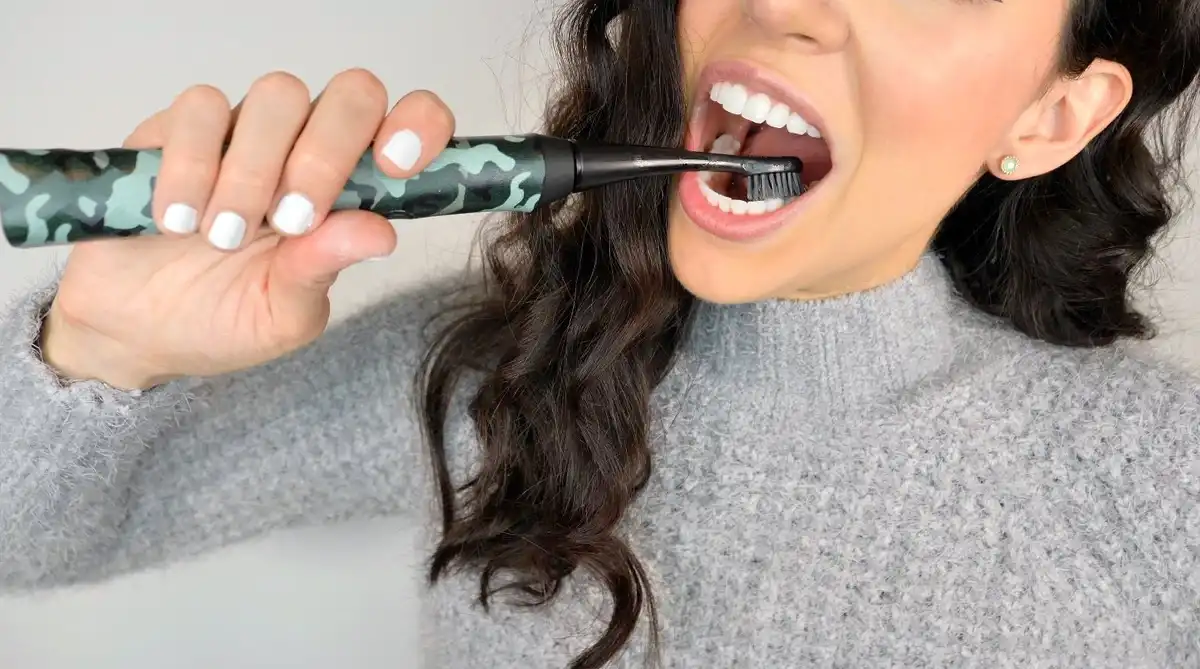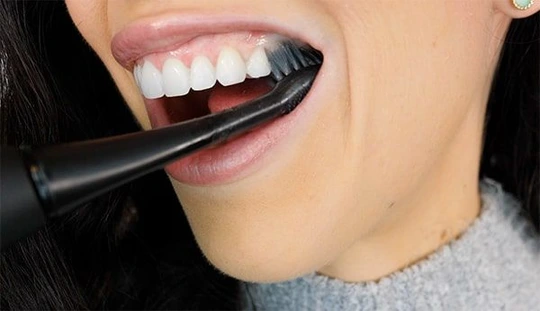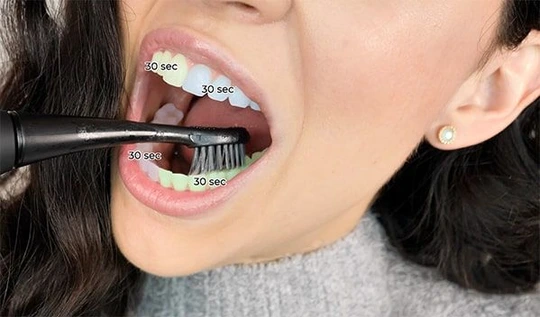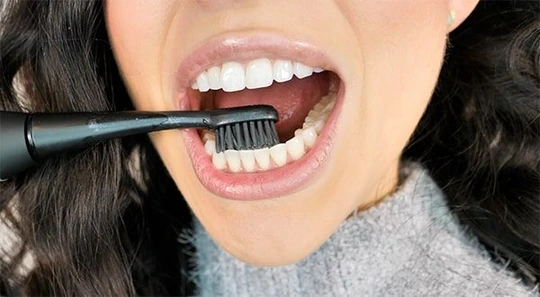How To Use An Electric Toothbrush


Electric toothbrushes can help you clean your teeth more thoroughly than using a manual toothbrush. However, the key is knowing how to use an electric toothbrush properly. If you’re not sure how to use an electric toothbrush or you use it the wrong way, you could actually be doing more harm than good.
If you’re thinking about switching from a manual to an electric toothbrush, here’s everything you know to make sure you’re actually benefitting your oral health instead of creating more problems for yourself and your teeth.
Why Electric Toothbrushes
Knowing how to use an electric toothbrush properly can play a huge part in enhancing your tooth and gum health. In addition to choosing the best type of toothbrush, knowing how to use an electric toothbrush properly will greatly impact how effective the oral hygiene aid is at removing plaque from your teeth and gumlines. Aggressive brushing, pressure, or scrubbing can work against you. It’s important to let the brush do all of the work.
Step By Step Tutorial
The most important thing you ever need to learn about how to use an electric toothbrush is to hold it in place and let it do the work for you. All you have to do is position it correctly. The super-sonic brush strokes will clean way better than you will with manual back and forth hand movements.
How to use an electric toothbrush properly consists of:
1. Angling The Bristles At a 45-degree Angle
Start by tilting the brush head at a 45-degree angle toward your gum line, going along the outside of your teeth. Then move to the inside, doing the same. Finally, go back and clean all of the chewing surfaces.

2. Continue Brushing For Two Minutes.
Two minutes should be your goal time every time you clean your teeth, even if you’re using an electric toothbrush. Most electric brushes have a built-in timer that beeps or pauses every 30 seconds. Use this signal as a way to focus on 1/4 of your mouth at a time, moving to another “quadrant” for each 30-second time period.

3. Don’t Apply Pressure.
As long as the electric toothbrush is coming into contact with your teeth and gums, it needs some freedom to move around. Pushing on it too hard will prevent the bristles from moving as designed and can actually lead to gum recession. And while we’re at it, make sure you’re getting a quality electric toothbrush that has soft or extra-soft bristles. The super-cheap budget ones may actually be too rough.

Electric Vs. Manual Toothbrushes
Do manual toothbrushes work? Absolutely. But the research shows us that getting thousands of extra toothbrush strokes from an electric toothbrush can clean our teeth more effectively and thereby seriously reduce plaque bacteria and tartar buildup between checkups.
7 Benefits Of Electric Toothbrushes
Are the advantages of electric toothbrushing really worth it? Absolutely! In fact, the benefits you’ll see from using a powered toothbrush will probably keep you from ever going back to a manual version (especially after your hygienist witnesses the difference!)
1) They’re More Effective at Removing Plaque.
Just think about it. Your electric toothbrush brush head is making hundreds or thousands of more strokes than what’s possible when you’re manually moving a toothbrush by hand.
2) Electric Toothbrushes are Easier to Use.
Just hold them where they need to be, and they do all of the work for you. That’s one reason why people who have arthritis or limited dexterity do so well making the switch.
3) Your Gums Will Love It.
All of that stimulation and oxygenation you get from an electric toothbrush can help you reverse gingivitis and actively overcome swollen, bleeding gums. Built-in pressure sensors help with overbrushing and proper brushing technique. People with sensitive teeth also find using electric brushing gentler than manual toothbrushing. Your mouth will just be healthier.
4) You’ll Use Less Water.
Turn off the tap, brush your teeth, then rinse. Since you’re brushing longer and focusing on the placement of your brush, you won’t be tempted to keep the water running straight down the drain.
5) Easier for People Who Have Orthodontic Appliances.
When you’re in braces or have a fixed orthodontic retainer, it takes a lot of extra effort to clean around everything with a manual toothbrush. Proper brushing techniques with electric toothbrushes are much easier.
6) Kids Love Them!
Have a little one who hates brushing their teeth? An electric toothbrush with their favorite character, built in music, or other bells and whistles can make brushing habits less of a chore on everybody.
7) Built-in Timers.
Here’s the harsh truth: most of us don’t brush for two minutes like we’re supposed to. But the majority of electric toothbrushes have built-in two-minute timers that signal the user every 30 seconds. It’s practically impossible to not know whether you’re brushing long enough.
Cons Of An Electric Toothbrush
Are there downsides to having an electric toothbrush? Sure. Here are the biggest ones you’ll want to consider before making the switch:
1) Expensive Cost.
Some electric toothbrushes cost well over $100 upfront. All of them require intermittent brush head replacement (replacement brush heads can range from $5-15, depending on the brand.)
2) Charging Issues.
Do you travel a lot? If business trips or frequent vacationing keep you on the go all of the time, you’ll need a brush with a longer battery life or a portable charger.
3) Vibration Sensations.
Some people are sensitive to the vibrations, tickling sensations, or messy process of using an electric toothbrush. Fortunately, most of us get used to them with a little practice.
Electric Toothbrushes Recap
Knowing how to use an electric toothbrush is one of the biggest factors in making sure your teeth and gums are benefitting from the investment. If you understand how to use an electric toothbrush properly, you’ll usually see a drop in plaque buildup and bleeding gums. They just make your teeth cleaner. Handle them gently, allowing the bristles to do all the work for you. Don’t push or press, because it will do more harm than good. Yes, electric brushes are a financial investment, but if you can get past the vibrating sensations, they’ll be one of the best things you ever did for your smile!

Make your inbox smile!
Subscribe






